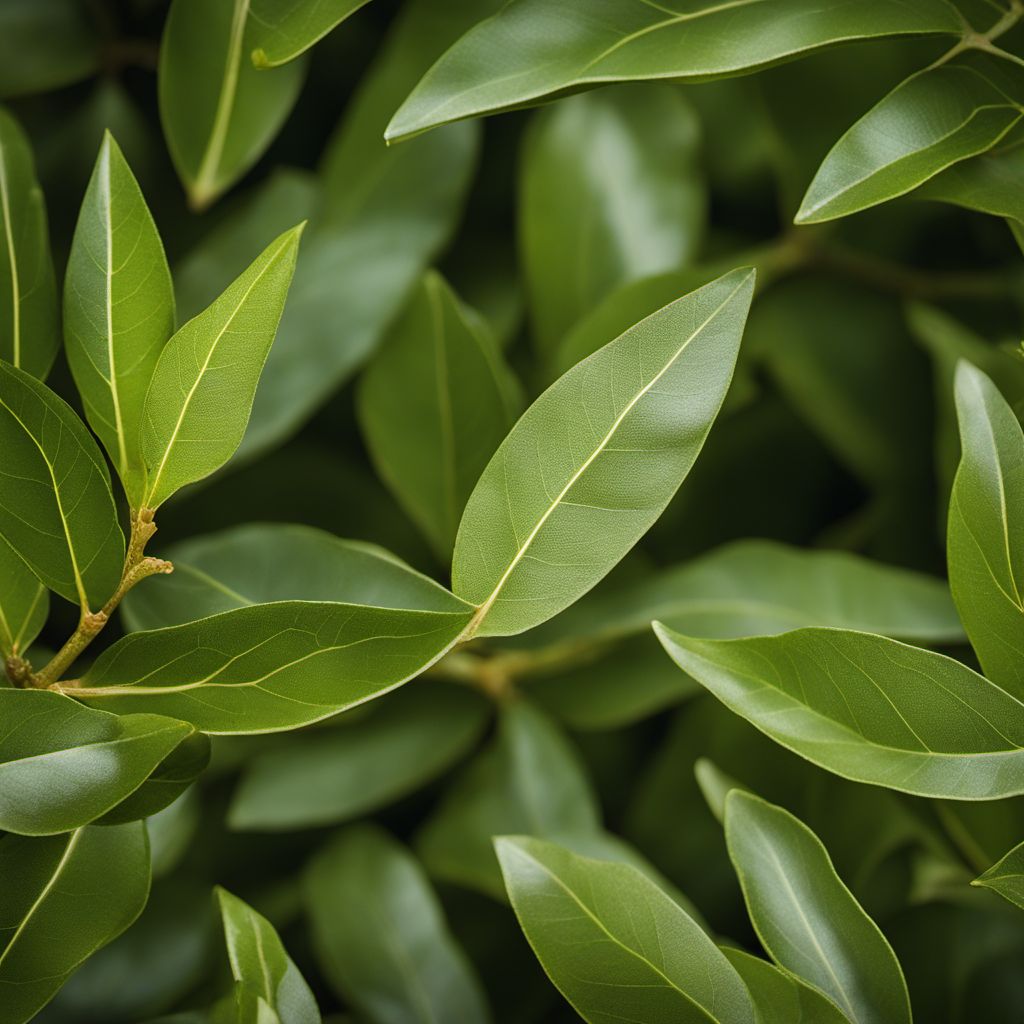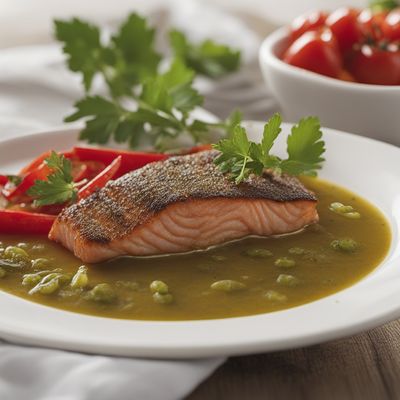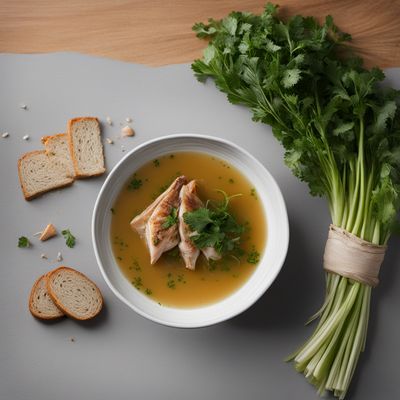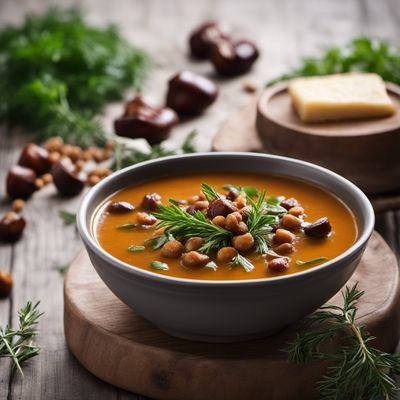
Ingredient
Laurel
The Timeless Herb: Unveiling the Secrets of Laurel
Laurel leaves are dark green, glossy, and have a leathery texture. They are typically used in their dried form, as the drying process enhances their flavor. The leaves are elongated and have a pointed tip, with a smooth surface on the top and a slightly veined underside. When added to dishes, they release a subtle, earthy aroma and impart a mild, slightly bitter taste. While the leaves themselves are not meant to be eaten, they infuse the dish with their unique flavor.
Origins and history
Laurel has a rich history dating back to ancient times. It is believed to have originated in the Mediterranean region, particularly in the areas around Greece and Turkey. The herb holds great cultural significance in these regions and has been used in cooking, medicine, and even as a symbol of honor and achievement. In ancient Greece, laurel wreaths were given to victors in athletic competitions and as a mark of distinction.
Nutritional information
Laurel leaves are low in calories and fat. They contain essential oils, vitamins A and C, as well as minerals such as calcium, iron, and manganese.
Allergens
Laurel is generally considered safe for consumption and is not known to cause allergies. However, individuals with known allergies to other herbs in the same family, such as mint or basil, should exercise caution.
How to select
When selecting laurel leaves, look for ones that are whole, intact, and free from any signs of discoloration or damage. The leaves should have a vibrant green color and a strong aroma. Opt for organic or locally sourced leaves whenever possible to ensure the best quality.
Storage recommendations
To maintain the freshness and flavor of laurel leaves, store them in an airtight container in a cool, dark place. Dried laurel leaves can last for up to a year, but it is recommended to replace them every six months for optimal flavor.
How to produce
Laurel can be grown at home by planting a laurel tree or shrub in a suitable climate. It requires well-drained soil, ample sunlight, and regular watering. With proper care and maintenance, laurel plants can thrive and provide a fresh supply of leaves for culinary use.
Preparation tips
Before using laurel leaves in cooking, it is best to gently crush or bruise them to release their essential oils. This can be done by rolling the leaves between your palms or using a mortar and pestle. When adding laurel to dishes, it is important to remove the leaves before serving, as they can be tough and unpleasant to eat. Laurel is commonly used in soups, stews, stocks, and braised dishes to enhance their flavor.
Substitutions
If you don't have laurel leaves on hand, you can substitute them with an equal amount of dried thyme or oregano. These herbs offer similar earthy and herbal notes that can complement a variety of dishes.
Culinary uses
Laurel is a staple in Mediterranean cuisine and is commonly used in dishes such as bouillabaisse, tomato sauces, and roasted meats. It adds depth and complexity to slow-cooked dishes and infuses them with its unique flavor. Additionally, laurel leaves can be used to flavor pickles, marinades, and even desserts like custards and poached fruits.
Availability
Laurel is commonly available in most grocery stores and supermarkets, especially in the spice or herb section. It is also cultivated in various regions around the world, including the Mediterranean, North America, and parts of Asia.
More ingredients from this category
Recipes using Laurel » Browse all

Brodetto alla Recanatese
Savory Seafood Stew: A Taste of Recanati

Caldillo de Pintarroja with a Twist
Savory Seafood Stew: A Spanish Delight

Nigerien Esaü Soup
Savory Millet Soup with African Flavors

California-style Braised Beef
Sunset Beef Delight

Danish Chicken Soup
Nordic Comfort: Hearty Danish Chicken Soup

Mexican Chicken Soup
Soul-Warming Mexican Chicken Soup: A Burst of Flavors and Comfort

West African Spicy Mollusk Stew
Savory Delight: West African Spicy Mollusk Stew

Uter Adobo
Savory and Tangy Uter Adobo: A Filipino Delicacy

Classic Italian Bolognese Sauce
Hearty Italian Meat Sauce: A Taste of Bologna

Zuppa di Ceci e Castagne with a Twist
Hearty Chestnut and Chickpea Soup: A Warm Delight from Italy

Dutch-Style Fried Eggs with Spiced Ground Meat
Dutch Delight: Spiced Ground Meat with Fried Eggs

Coconut Milk Adobo
Creamy Coconut Adobo: A Singaporean Twist on a Filipino Classic